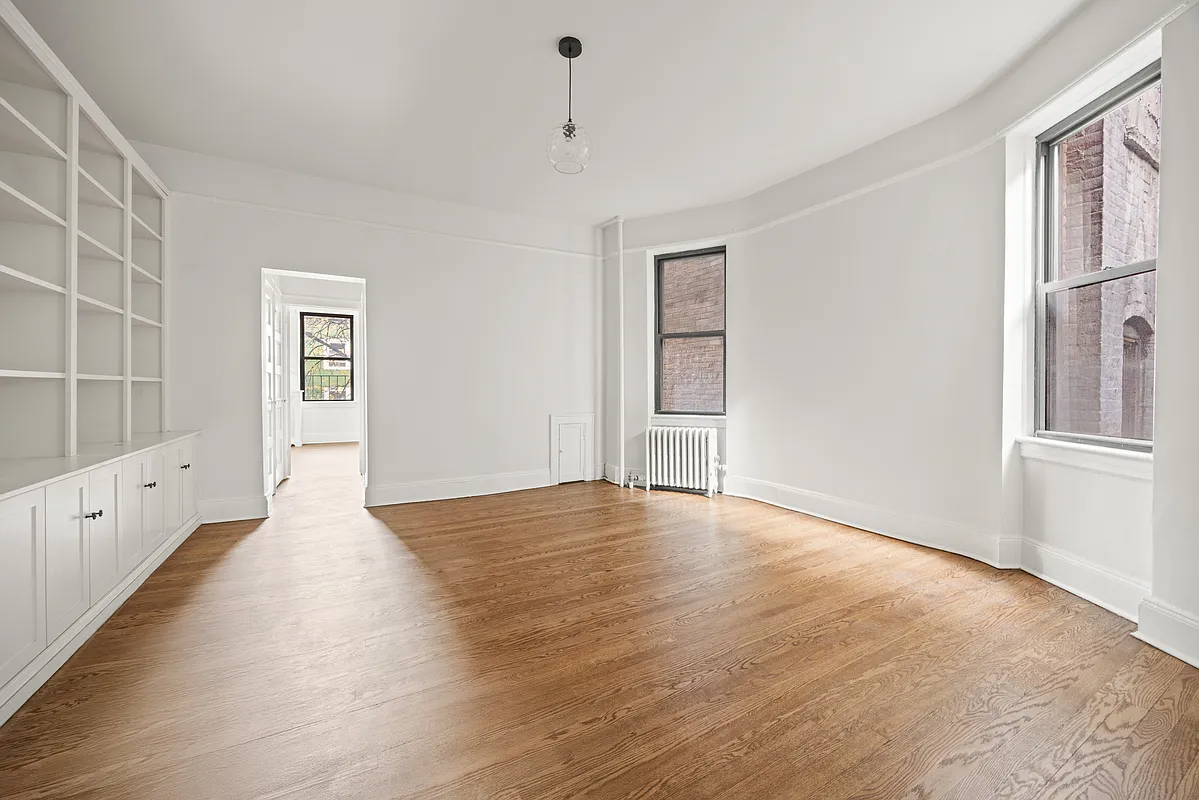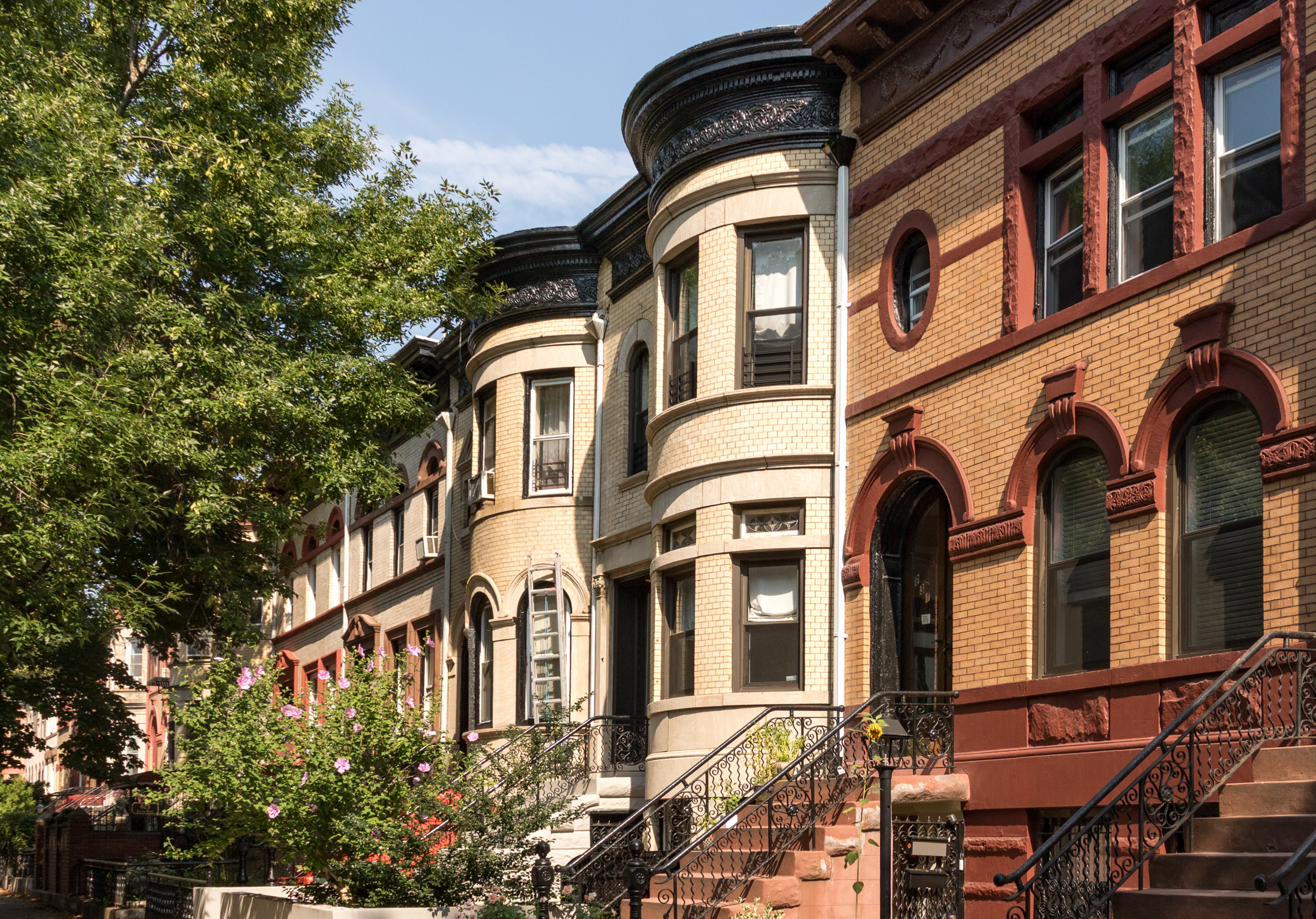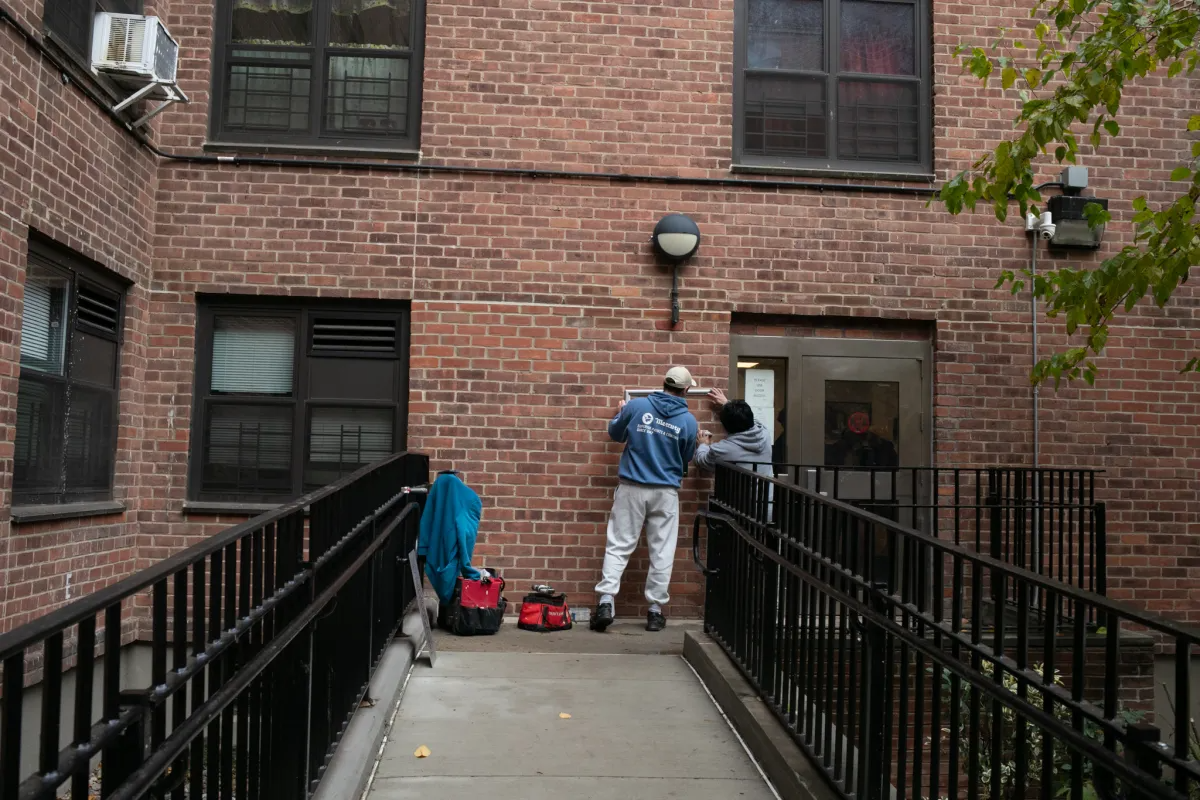In Vinegar Hill, Another Church Biting the Dust
We’re sad to report that Brooklyn is in the process of losing another piece of history, as demolition is set to begin on St. George’s Church at 203 York Street in Vinegar Hill. (Workmen on site confirm that the entire structure is coming down.) The 10,000-square-foot church and adjacent 5,000-square-foot parish hall were purchased from…


 We’re sad to report that Brooklyn is in the process of losing another piece of history, as demolition is set to begin on St. George’s Church at 203 York Street in Vinegar Hill. (Workmen on site confirm that the entire structure is coming down.) The 10,000-square-foot church and adjacent 5,000-square-foot parish hall were purchased from the Roman Catholic Diocese on October 24 by the Tocci family, a long-time landowner in the area, for $3,200,000. The Toccis, formerly proprietors of a waste management business, already have an illustrious track record in the neighborhood: they were responsible for tearing down another church, St. Ann’s, at 251 Front Street back in 1992, and paving it over after their own business expansion plans failed. The lot is now, charmingly, lined with corrugated metal and rented out as truck parking. They’ve wasted little time on their latest anti-beautification effort, as a small rear addition on Gold Street has already been reduced to rubble (inset). There’s nothing posted online yet about what plans lie in store for the church site post-demolition but it’s a bit of a tough spot for luxury condos, given its close proximity to the Farragut Houses. According to one investor who’s active in the neighborhood, the property never even came on the market, which isn’t surprising given that the church probably wanted to avoid public criticism for its complicity. Seems like it would have been worth the effort to at least put the property on the market and seek a developer who would be open to adaptive reuse. GMAP P*Shark DOB
We’re sad to report that Brooklyn is in the process of losing another piece of history, as demolition is set to begin on St. George’s Church at 203 York Street in Vinegar Hill. (Workmen on site confirm that the entire structure is coming down.) The 10,000-square-foot church and adjacent 5,000-square-foot parish hall were purchased from the Roman Catholic Diocese on October 24 by the Tocci family, a long-time landowner in the area, for $3,200,000. The Toccis, formerly proprietors of a waste management business, already have an illustrious track record in the neighborhood: they were responsible for tearing down another church, St. Ann’s, at 251 Front Street back in 1992, and paving it over after their own business expansion plans failed. The lot is now, charmingly, lined with corrugated metal and rented out as truck parking. They’ve wasted little time on their latest anti-beautification effort, as a small rear addition on Gold Street has already been reduced to rubble (inset). There’s nothing posted online yet about what plans lie in store for the church site post-demolition but it’s a bit of a tough spot for luxury condos, given its close proximity to the Farragut Houses. According to one investor who’s active in the neighborhood, the property never even came on the market, which isn’t surprising given that the church probably wanted to avoid public criticism for its complicity. Seems like it would have been worth the effort to at least put the property on the market and seek a developer who would be open to adaptive reuse. GMAP P*Shark DOB





Thank you MM.
Rehab, dangerous territory.
Benson, get a grip on the anger.
All in all, we could use some decent urban planning.
Anyone notice how mobbed the trains are at rush hour? If there is one blip, a train is tied up and is running behind, people sometimes can’t even get on trains at the stops at the greater downtown Brooklyn stations they’re so packed. Waiting for the Q this AM at Atlantic (which had a fire situation yesterday in the stairwell…a mess), I let two B trains pass…both very crowded…but when the third showed up (also very crowded) I took it because a Q hadn’t show up and that meant it would have arrived with 10 people trying to stand in every 2 square feet of space…a proverbial sardine can.
What will happen when all these (what Benson seems to imply will be innovative and exciting) towers have people stuffed into them? How will this instant, rather sudden and huge, additional population burden be handled by a stressed transit system, the roadways, food delivery networks, incoming water supplies and sewer system?
FG\TGL
Rehab, Building Hugger and all;
Your posts actually prove that organized religion is actually very much alive in these parts. It exists in the form of current-day environmentalism, which has morphed into earth-worship. The current-day devil is the developer and the private owner. As these posts prove, you have no confidence that they can be a force for good.
Benson
the environmental argument for adaptive reuse really isn’t about energy efficiency. older buildings can be retrofitted for better energy efficiency just like newer (pre-2007) buildings. it’s about materials conservation – not putting existing materials and new construction waste into landfills. in most other countries these evil “preservationists” are called “conservators.”
building hugger
They are not the same buyers as in Greenpoint – look it up.
Of course adaptive reuse is more environmentally friendly. All the beautiful stonework from that church now is landfill-bound, when it could have been renovated into interesting condos and would then have remained a beautiful part of the neighborhood. Meanwhile, a developer with an established and dubious track record of destroying pretty church buildings only to leave the land strewn with garbage now has another parcel to mess up. Or, if they actually manage to build something here, we’ll almost certainly see a true desecration: yet another hideous building.
That said, I’m pleased to see any organized religious silliness continue to contract and fade away, along with the corrupt pedophiles who run the operation. It’s taking centuries longer than it should have, but it’s inevitable. Thank god–so to speak. I think a poster a few days ago put it best: We need housing more than we need places for people to sing and share their fantasies about an omnipotent Space Daddy.
If they were the buyers of the church in Greenpoint then I see something more cynical happening here.
If a developer did an adaptive reuse you would find something to complain about that too!
Brownstoner;
I dispute your assumption that adaptive reuse is more environmentally friendly. I used to own a house that was built in 1928, and spent a sizable sum to upgrade it. Yet, despite this upgrade, the house still required far more energy to heat than the brand-new condo I currently live in (even normalizing for the difference in living space). Moreover, if one accounts for the cost of upgrading older structures (which represents the resources consumed) then I think the case becomes even weaker.
As for the use of this land: I believe the Tocci’s are in this to make a buck, and I mean that in a good way. If they decide that the best and highest use for the land is a parking lot, well, that speaks volumes about its current potential. If a private owner can only find the highest use to be a parking lot, who thenwould pay for an adaptive reuse??? The taxpayer??
Moreover, if the land sits as an empty lot for a few years,who knows what will eventually be developed a few years down the road, when the neighborhood’s prospects improve?
Let our city live and breathe! Don’t put a straight-jacket on development by trying to preserve every old structure.
Benson
how do old buildings finding new uses equal “dead city”? plenty of former churches have found new life as buildings for other christian denominations/religions and as community centers, theaters – not just condos. but so what if a deconsecrated former church becomes condos? at least materials are reused, the earth is happy, and a church didn’t end up in a landfill to make way for a parking lot.